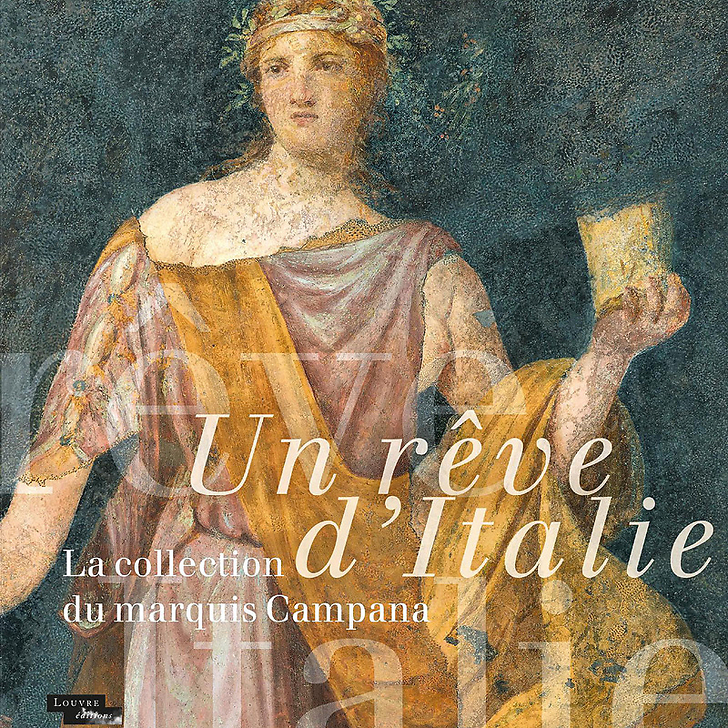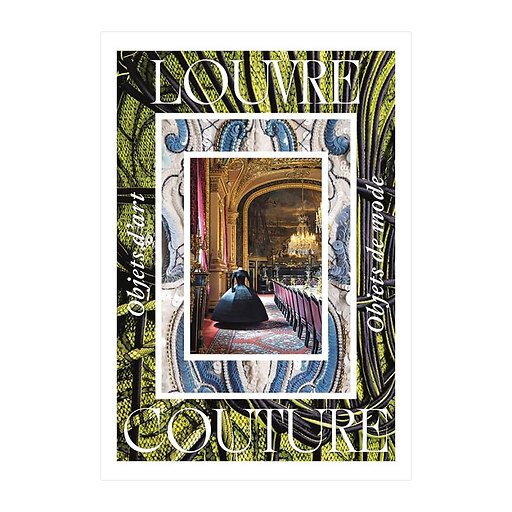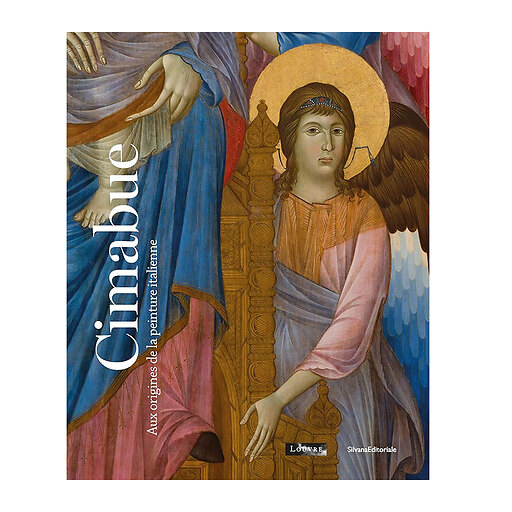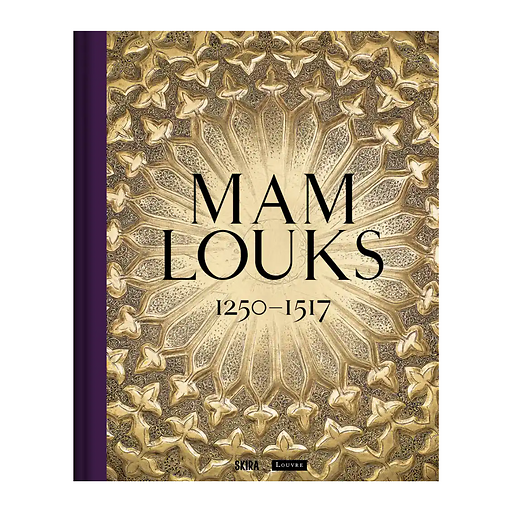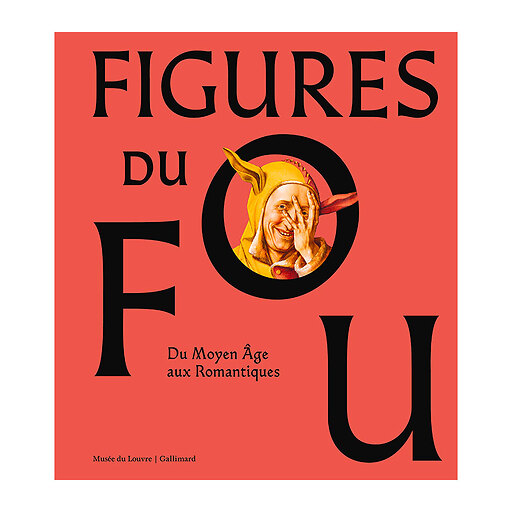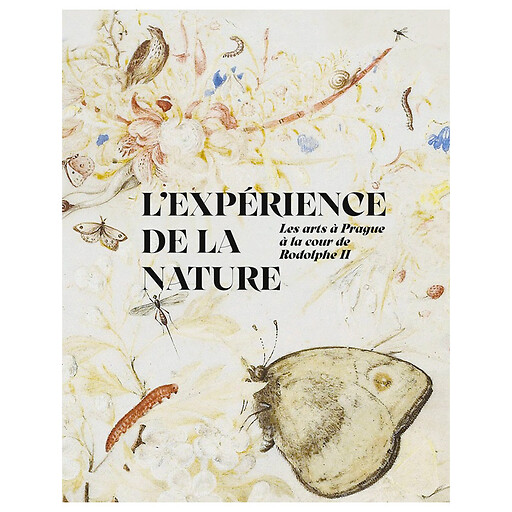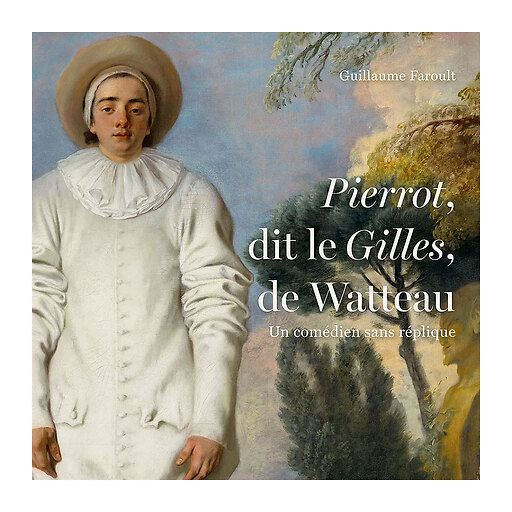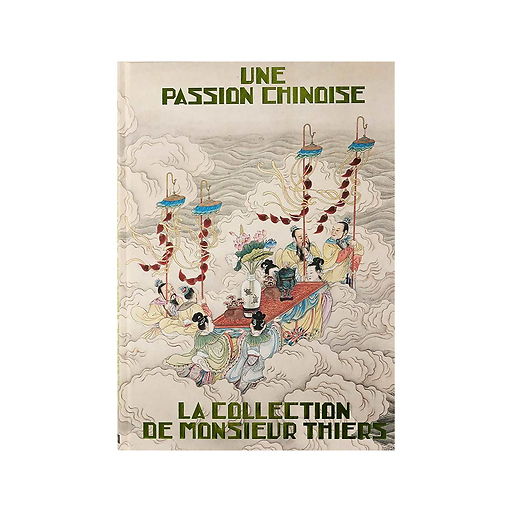Exhibition catalogue Un rêve d'Italie. La collection du marquis Campana
MX632110
Giampietro Campana, director of the Pawnshop in Rome, built up the largest private collection of the 19th century, which included both archaeological objects and paintings, sculptures and Renaissance objects. This collection was characterized both by its quantity (more than 10,000 pieces) and by its...
Read more
Giampietro Campana, director of the Pawnshop in Rome, built up the largest private collection of the 19th century, which included both archaeological objects and paintings, sculptures and Renaissance objects. This collection was characterized both by its quantity (more than 10,000 pieces) and by its quality, with many masterpieces, from the Sarcophagus of the Spouses to Paolo Uccello's The Battle and Della Robbia's sculptures. Through this unique collection, Campana highlighted the Italian cultural heritage at the very moment when Italy as a nation was emerging.
After his dealings with the courts pontificale, Campana saw his collection scattered in 1861 between Tsar Alexander II's Russia and Napoleon III's France, which then aroused deep emotion in Italy and Europe. This is how most of the Campana collection arrived at the Louvre Museum. Even today, the Campana gallery, where the Greek vases are exhibited, retains the name of this collection, which played a decisive role in the creation of the Louvre's collections.
This catalogue aims to give, for the first time since its dispersion, an overview of this legendary collection. It presents the personality flamboyante of Campana and the society in which it evolved, the history of the collection, the reconstruction of the rooms of the Campana Museum in Rome, the collector's taste for pastiches and fakes. It also highlights the immense influence of the Campana collection in art and crafts of the second half of the nineteenth century.
Exhibition presented at the Louvre Museum, Paris, from 7 November 2018 to 18 February 2019.
French
Close
Sold by GrandPalaisRmn

